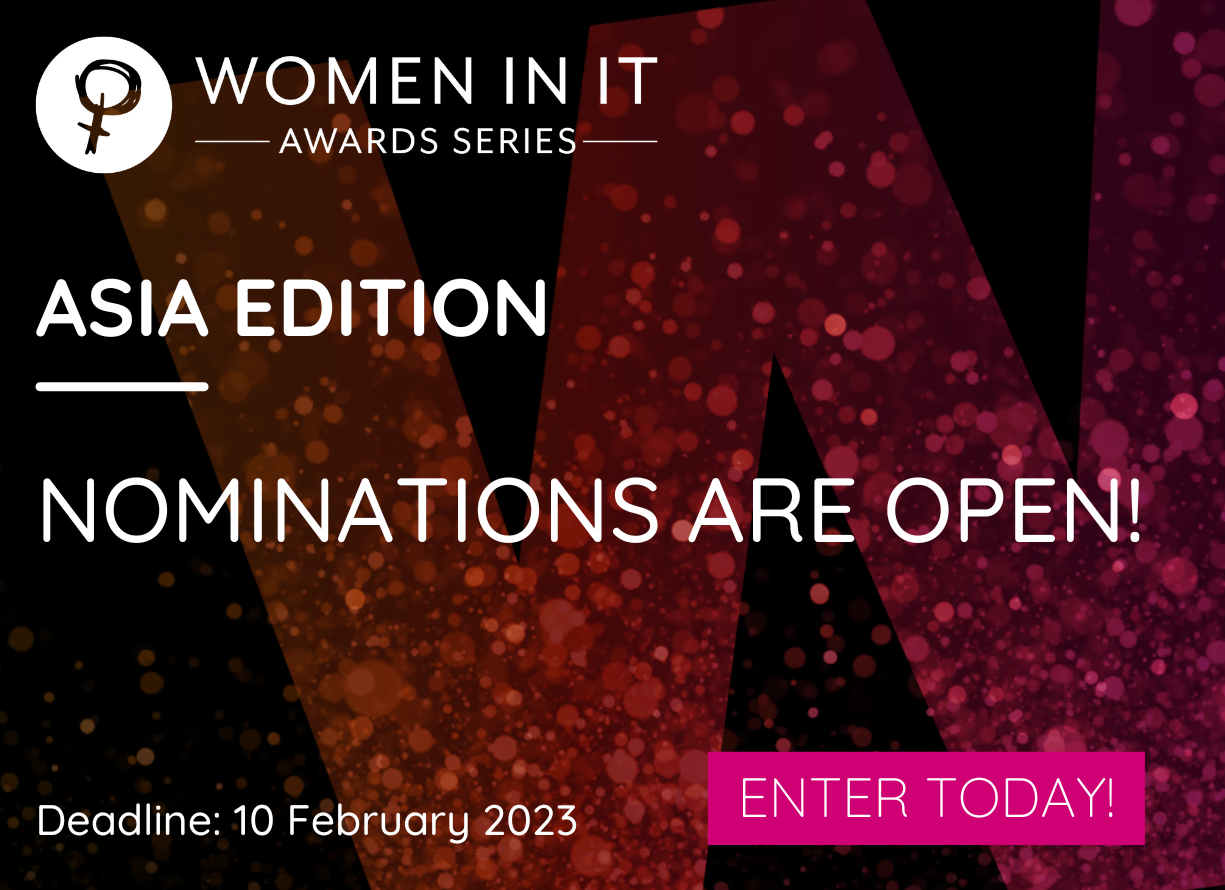Niki Trigoni, CTO of Navenio and CTO of the Year at the recent 2022 Women in IT Awards UK, spoke to Information Age about the keys to success in her role, and promoting diversity, equity and inclusion in tech
As CTO of Navenio, Niki Trigoni has converted theoretical concepts into a reality of connected healthcare at scale. Overseeing an intelligent workforce platform referred to as the ‘Uber for staff in healthcare’, Trigoni’s vision has helped improve the experience of patients and workers alike, leading to implementation of a scalable, AI-led GPS system powered by smartphone sensors.
In this Q&A, Trigoni explains how she has achieved success in her role at Navenio, how she’s helped ensure workforce DEI, and the biggest healthtech trends that she sees emerging in the coming years.
How have you gone about communicating your vision to the workforce at Navenio, and ensuring that staff are on board?
Our vision is very simple: to provide scalable location services that transform the way our clients experience the indoor world. This vision underpins every interaction we have, whether it be our company-wide meetings, setting out strategic goals, product scoping meetings, or conversations with customers. It really sets the scene for any follow-up commercial discussions.
This is also embedded in our hiring strategy: during interviews with prospective talent; when candidates visit our website; in our product brochures. It’s everywhere.
Expanding on Navenio’s hiring strategy, how have you gone about ensuring that future talent joining the company are as diverse as possible?
Diversity and inclusivity are definitely key values and priorities in our company culture. We have staff spread across multiple cities in the UK and several countries worldwide, including the US, Portugal, Greece and Slovakia. So naturally, we have a workforce with very diverse backgrounds and life experiences.
We make sure that our job advertisements, including part-time roles, are pushed out broadly to multiple channels, with specifications always being flexible by design. We allow remote work from home, and staff can also work from different countries. I believe we make a conscious effort to create an atmosphere in which people can find meaning in their work, can feel valued, and can feel heard irrespective of gender, nationality, educational background or any other factor.
When we interview people, we always ask not only what the candidate is good at, but also what they really want to do. I think when you marry great talent with passion and interest, you end up with this secret sauce for being successful in a good company. People from different backgrounds seem to appreciate this too, and we have a good gender and nationality balance at management and board levels. This sends the right message to all candidates around welcoming a diverse workforce from the top down.
A lot of credit has to go to our HR team, who promote training around attracting diverse talent, including addressing unconscious bias.
What are the biggest challenges that Navenio’s intelligent workforce platform helps healthcare professionals overcome?
We try to address one of the greatest challenges faced by healthcare professionals, and that is the demand for hospital treatment outweighing capacity. This has been particularly prominent at the height of the COVID-19 pandemic, when this issue was really exacerbated.
All over the media, we hear stories of significant backlogs and longer waits for patients, so for hospitals that use our platform, we allow them to assign tasks to teams based on their location. This really helps to prioritise and streamline workflows, on the basis of the right person, in the right place, at the right time. For example, hospital cleaners are able to better perform critical tasks such as moving patients, disinfecting rooms and distributing equipment efficiently and on time.
Nurses and clinical staff, meanwhile, are freed up to focus on caring for patients without having to worry about tasks being delayed. Patients also benefit through then being able to spend less nights in the hospital, which is a huge win. Management also wins as they can accurately measure the economic and patient care benefits.
What can organisations in the tech industry do to improve workforce diversity and boost representation?
I think the biggest thing that tech organisations can do is add flexibility to help diverse talent work in the way they feel most comfortable, whether this remotely, in a hybrid capacity, or in the office. We’ve learned from the pandemic that this can work, so why not use that to our advantage by widening the scope and considering candidates from outside the commute radius.
Outreach — reaching out to diverse audiences by talking about the company at tech events — is very important. Also vital is ensuring that this makes up the core of the HR strategy, ensuring that all vacancy advertisements and searches are inclusive.
Also, once hired, companies should encourage staff from diverse backgrounds to blend in and be truly integrated in the culture. And this culture needs to be carefully and continuously considered, to ensure that it is inclusive by design. If this isn’t sufficient, candidates will soon know about it and look elsewhere.
Looking forward to the next five years or so, what would you say will be the biggest trends that will emerge in the healthtech space?
There are three main trends that I can see emerging: firstly, AI-driven systems will be used more heavily in healthcare, because there is still huge potential for this to continue improving patient outcomes. This would range from diagnosis and triaging of diseases, to better medication, drug design and delivery. A big step towards that would be to improve interpretability of those AI models.
The second big trend I would identify is smart wearable devices for continuous monitoring of patients will become much more mainstream, and can bridge the gap between home and hospital care.
Finally, advanced robotic systems, currently used in surgery, could become useful in broader use cases across the hospital, from disinfection to equipment transportation. One of the interesting problems to generally consider going forward, is how these intelligent elements, whether it be AI models, wearables or advanced robotics, will coexist with human staff.
Being aware of overall context, and location in particular, will prove an important piece of this puzzle.
This article is being presented in the lead-up to the 2022 Women in IT UK Summit, happening on the 19th May 2022. You can register your interest in attending the event here.
Related:
WIT Q&A: Susie Day, NHS Digital — Susie Day, head of delivery (NHS App) at NHS Digital and Digital Transformation Leader of the Year at the 2022 Women in IT Awards UK, spoke to Information Age about the keys to success in her role, and promoting diversity, equity and inclusion in tech.
The biggest data science trends in healthcare — This article will explore the biggest data science trends in the healthcare sector, as identified by experts in the field.








